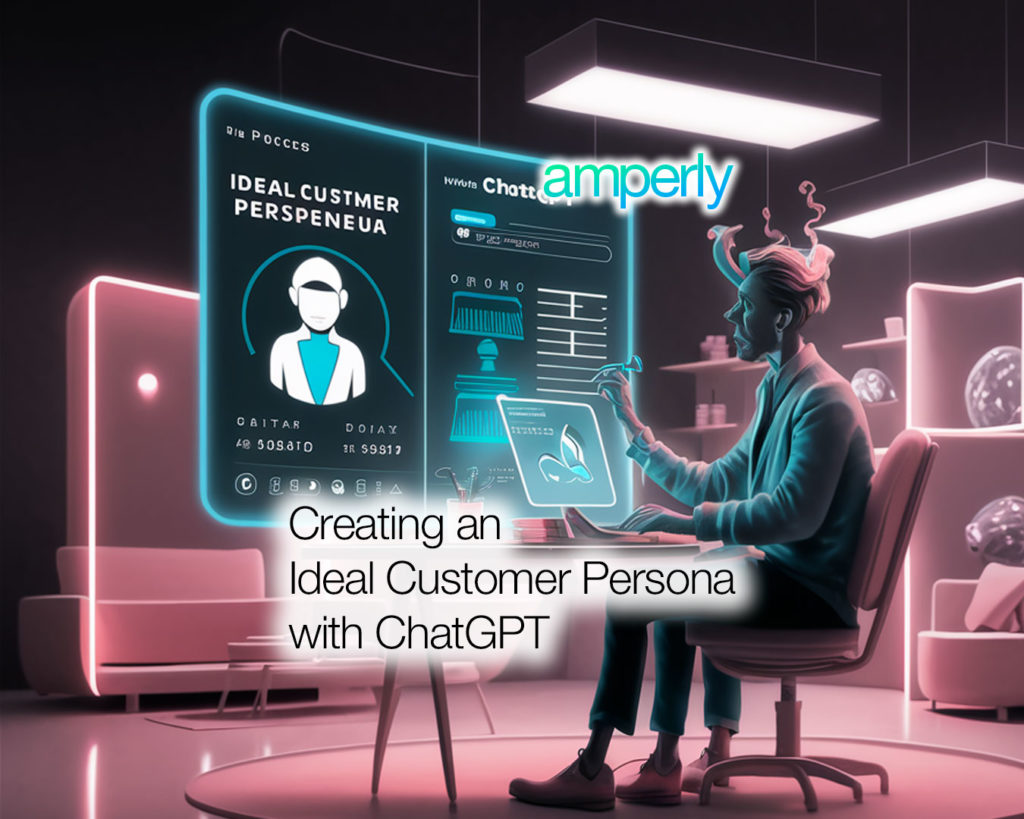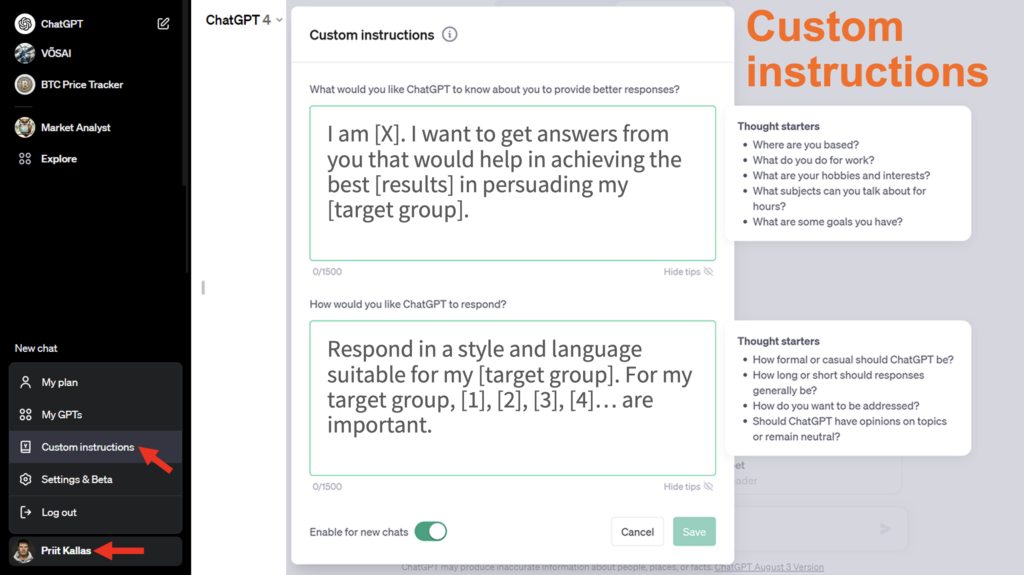When you create marketing materials or want to sell something to your customers, you need to know what they want. Seems obvious, but most businesses don’t do it. There are several reasons for it. The most important reason people don’t create ideal client personas (ICP) is time.

For each of your specific target audiences you would need to interview at least 5 people. First, you must find people to interview. Then you have to set up the interviews. The interviews would be most effective in person at the customer’s location. Then you must analyze the results. that takes more than the interviews.
Finally, you have to compile the results into a cohesive description that will be your persona for a specific target audience. When done correctly you will spend anywhere from 25 to 40 hours creating one persona during a two-month period.
So, most businesses and marketers just wing it and guess what their customers want.
But there is a less time-consuming alternative. It’s not as good as speaking to real people who have paid you money. However, it’s better than nothing. Starting with AI generated ideal customer persona will 3x your productivity in this area.
Make ChatGPT act as your ideal customer
First, the disclaimer. You don’t know how much ChatGPT knows about your specific industry and customers in it. This means that sometimes the results you get from ChatGPT may be wildly off the mark.
However, when all you have are your guesses about your target audience then getting a second opinion from AI may help you come up with a better description of your persona.
Creating an Ideal Customer Persona with ChatGPT
First start with finding out if ChatGPT knows anything about your field and the customers in it. You can use the following prompt:
Do you know anything about [your business] in [area]?
When you get the answer from AI, evaluate it against your own knowledge about your field. If you see that ChatGPT is not wildly off the mark then you can move on to the next prompt.
Ask ChatGPT about the customers in your business. Use questions that do not give AI information and then evaluate if the answers you get back match what you know about your business. You can use a prompt like this:
Who are the most engaged customers for [your business] in [your area]? List the potential customer segments that are the biggest spenders and the ones who are most interested in this field.
The target audiences you get back from ChatGPT should more or less match what you see in your work every day. It could be that you serve a very specific niche that AI didn’t include in the list or doesn’t know about. Then you could ask additional questions to figure out if it just left it out or doesn’t know.
Finally, when you are satisfied with the answers about your target audience ask it to describe the key characteristics of the persona in a couple of paragraphs. Use a prompt like this:
Please write the most important characteristics of [your target audience]. Write it as a description of a single person I can later address when I want to create marketing materials or create sales campaigns. Include all the specific factors that make them different from other customers.
Now you can start role playing. You can ask:
Let’s roleplay! Please assume the role of [X]. His name is Paul(a), and he is [more details about the persona]. From now on please answer me as Paul. For example, stay in character, don’t say „as Paul,“ „as role,“ or mention that you are roleplaying. Just answer as Paul would. Do you understand?
When you want to have longer sessions of role play for content creation or strategy planning you may run into context window limitation. ChatGPT web interface has a context window of 32k tokens. In English this means that the machine only remembers approximately the last 24,000 words. You can test it by telling something to ChatGPT then have a discussion with it where your text and its output exceed 24,000 words. Then ask it what the first thing was you said and you get an hallucination.
To avoid the context window issue, you can insert your roleplaying rules into custom instructions. Custom instructions are available in both free and paid version of ChatGPT. You can insert your persona description and roleplaying rules and the system will remember them even if the conversations are much longer than 24,000 words. Here’s how customs instructions for roleplaying could look like:

And this is it!
ChatGPT paid version has a much larger context window. You may not need to use custom instructions, but the instructions still help AI to say on track.
Every time you want to have an insight into what your potential customer could think about a message head to this chat in your history and ask. The same thing if you want it to give you content ideas or answer other questions.
Pro tip: All chats in your history have a unique web address or URL you can bookmark it for easier access later on.
Businesses may have several customer personas. Women, men, B2B, B2C or any other type of person who would buy the same product features but would assign different benefits to them. For example, a powerful car could be a thing to show off and brag about to some people, for others it may be a safety thing as you can overtake other cars on the road faster and thus spend less time in oncoming lane.
You can find more digital marketing prompts here.